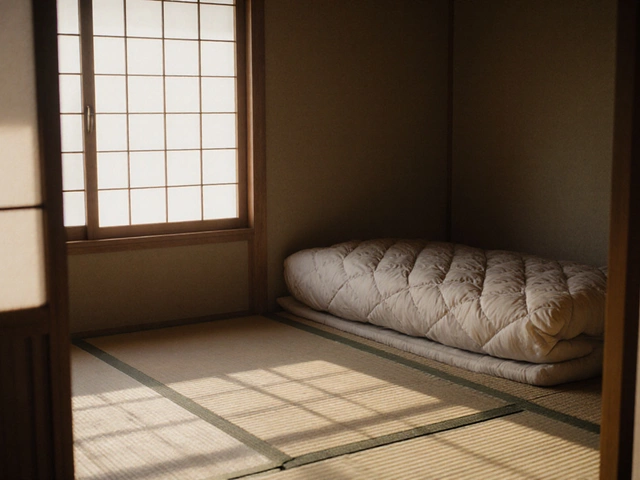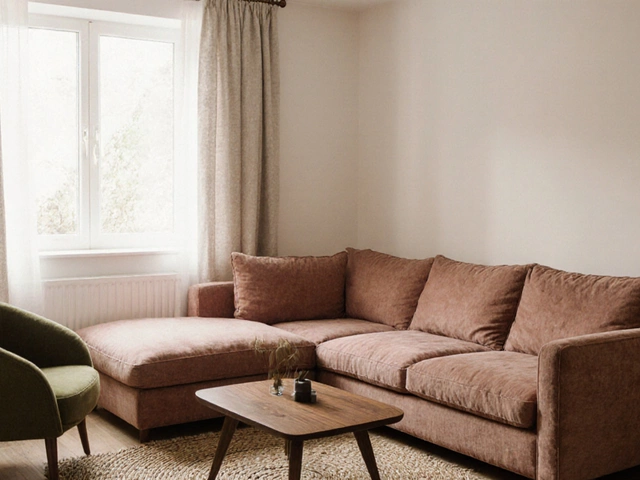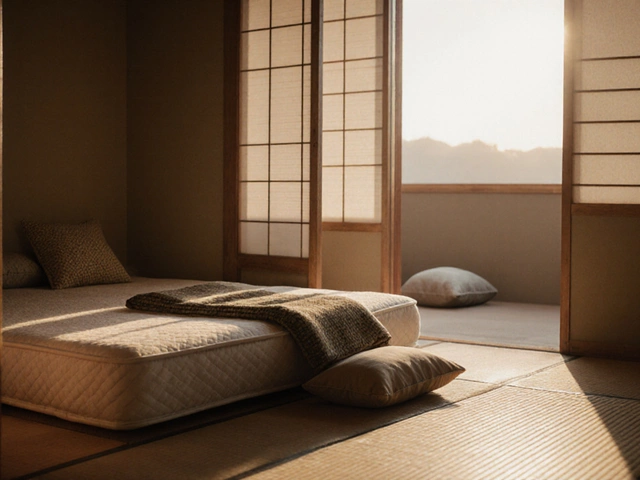Futon Sofa Bed: The Simple Way to Add Comfort and Space
If you live in a cosy East Yorkshire home, you know every square metre counts. A futon sofa bed gives you a seat by day and a sleep surface by night without the bulk of a traditional couch‑bed. It’s cheap, easy to move, and works in bedrooms, living rooms, or even a hallway nook. Below you’ll find straight‑forward advice on why a futon might be right for you, how to pick the perfect model, and how to keep it looking fresh for years.
Why Choose a Futon Sofa Bed?
First, a futon folds flat, so you can pull it out only when you need it. That means you keep your floor clear for other activities – cooking, yoga, or just spreading a rug. Second, the mattress is usually thinner than a regular bed, so it doesn’t dominate the room. Many futons use high‑density foam or a spring‑filled core, giving you decent support for short night‑time rests. Third, the style is versatile. You can find modern, low‑profile frames in grey, oak, or even a painted finish that matches your custom bedroom décor.
Another plus is cost. Compared with a full‑size bed plus a separate sofa, a futon saves you both money and the hassle of coordinating two pieces of furniture. And because the frame is simple – often just a wooden or metal box – you can easily re‑paint or replace parts if your taste changes.
How to Pick the Right Futon for Your Space
Measure the floor area where you plan to place the futon. Leave at least 30 cm of clearance on each side so you can open and close the couch comfortably. Next, think about the mattress thickness. A 10‑12 cm foam futon is great for occasional guests; a 15‑20 cm spring core feels more like a proper bed. Test both if you can – sit, lie down, and jump a little to feel the bounce.
Consider the frame material. Wooden frames add warmth and blend well with custom wardrobes, while metal frames are lighter and easier to move. If you have pets, a leather‑look vinyl upholstery wipes clean, but cloth fabrics give a softer look and can be swapped out.
Lastly, think about storage. Some futons come with a hidden compartment under the seat, perfect for storing bedding or extra pillows. This small feature can replace a separate chest of drawers, keeping the room tidy.
Once you’ve chosen a futon, setting it up is a breeze. Most models arrive flat‑packed; just follow the included steps or watch a quick YouTube video. After assembly, add a throw blanket and a couple of cushions to make the space feel inviting.
Maintenance is simple. Vacuum the mattress weekly to remove dust, and spot‑clean the upholstery with a mild detergent. Rotate the mattress every six months to avoid uneven wear. If you notice a sag, a thin layer of high‑density foam can be added underneath for extra support.
In short, a futon sofa bed is a smart, flexible choice for any East Yorkshire home that wants to stay stylish without sacrificing space. Pick the right size, frame, and mattress, and you’ll have a piece that serves as both lounge and guest bed for years to come.
Japanese Sofa Bed Explained: Design, Benefits & Buying Guide
Discover what a Japanese sofa bed is, its design features, benefits, and how to choose the perfect one for small spaces. Get clear buying tips, styling ideas, and maintenance advice.







